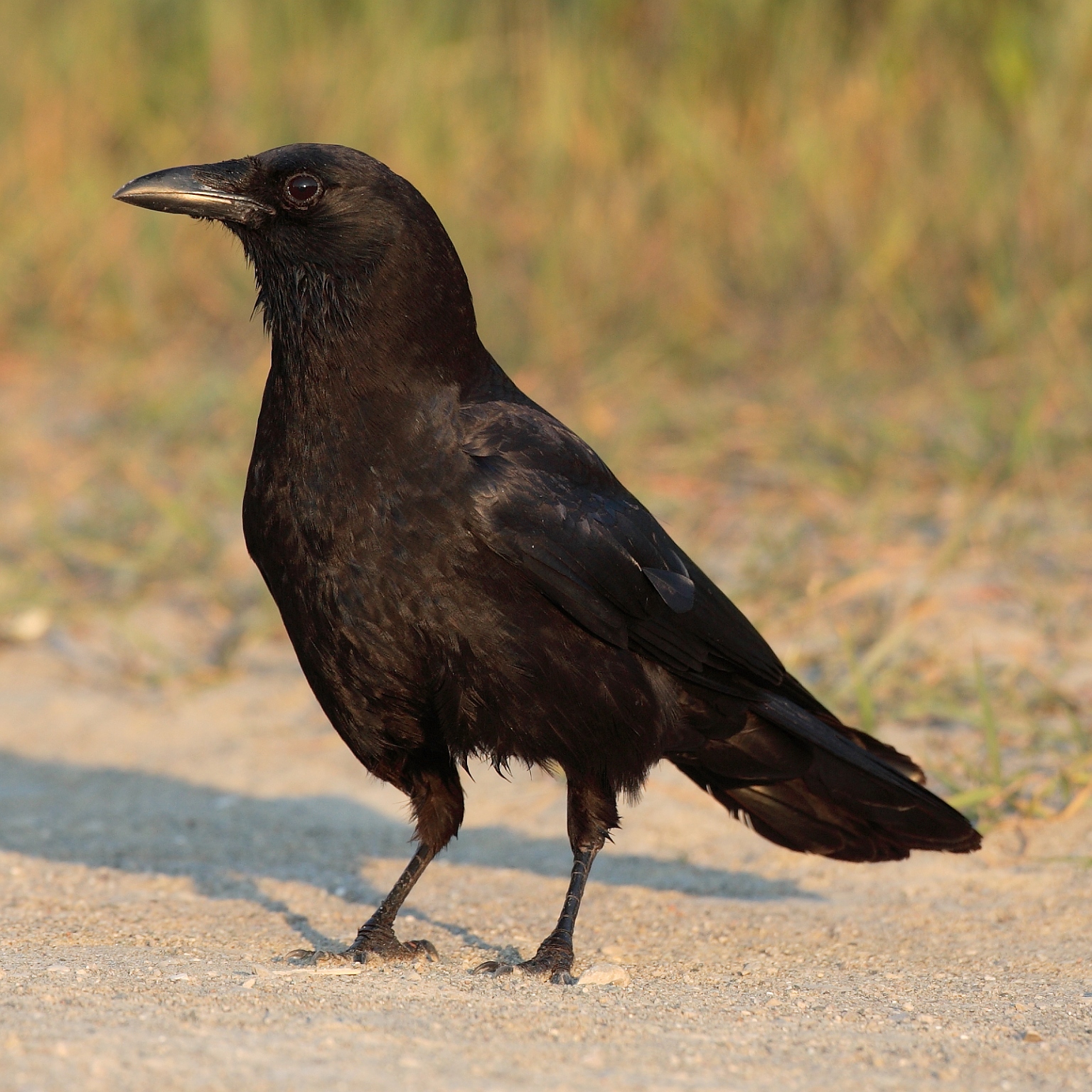Many
people hate crows, magpies and related birds. I don't. Already as a kid, my
mother gave me and my brother two crocheted toy crows. You heard me. Naturally,
we named them Hugin and Munin. We did live in Sweden, after all. I was also
fascinated by real, non-crocheted magpies. They had built an enormous nest in a
tall tree just outside our window, in the middle of an apartment building
neighbourhood! And you wonder why I review corvoid books, are you now?
;-)
"In the company of crows and ravens" by John Marzluff and Tony Angell must be the ultimate nerd book on American Crows and the Common Raven, although many other species are mentioned in passing. To be honest, John and Tony are the kind of natural scientists who prefer socializing with birds to writing books, which makes their book shaky at times, in terms of style and disposition. Sometimes, they mysteriously return to subjects already covered in a previous chapter, and they often introduce new subjects without natural transitions from the previous ones. Did I mind? Naaah, not this time. The book is simply too interesting!
If there is a main theme in this rollercoaster ride of a book, it's co-evolution between humans and crows/ravens. For instance, the authors believe that the American, Northwestern and Fish Crows were originally a single species. The primordial American Crow evolved into three distinct species by adapting to three different kinds of Native American culture. Today, as the big cities are expanding, the American Crows are becoming more widespread, interbreeding with the previously isolated Northwestern Crows. Also, the subspecies of the American Crow more frequently interbreed with each other. The authors speculate that global warming might induce the American Crow to breed earlier in the year, making it possible for American Crows to interbreed with Fish Crows as well. If urban expansion (and climate change) continues, this might lead to the emergence of a single, homogenous, all-purpose Crow in North America!
Urban expansion, and the prohibition against shooting birds within city limits, seems to be the main reason for the rapid expansion of the American Crow. With little or no natural predators, and abundant food supplies, sudden epidemics seem to be the only thing that can stop the crows from expanding virtually endlessly. The authors also make the interesting observation that suburbia rather than the urban centres are the best breeding- and hunting-grounds for crows. Apparently, crows and their chicks can't *simply* live on junk food, and need suburban lawns and parks to find natural food, such as insects! Why are we not surprised?
Of course, crow-human interaction doesn't always benefit the crows. The book mentions several island crows driven to extinction or near-extinction by humans or human-introduced predators.
An entire chapter of the book is devoted to corvid influence on human culture. It turns out that there are Stone Age cave paintings showing ravens, that many Native American peoples considered the crow or the raven to be the creator of the universe, and that crows have inspired Japanese art. In Europe, crows were observed for purposes of divination, and the Norse god Odin was accompanied by two ravens named...guess what...Hugin and Munin. It also turns out that eating crow isn't as rare as you might think, not even in the US. However, crows were sometimes served under the phoney designation "Rook", apparently because Rooks were considered even more delicious! Finally, the authors reveal that the Crow Indians were named by arrogant White settlers - in reality, they worship the eagle.
There are also chapters on crow behaviour, intelligence and altruism. Apparently, crows sometimes take care of family members that have been maimed and can't take care of themselves. On the other hand, crows might be very aggressive to non-family members. If a dominant crow is seriously injured, he might be attacked and even killed by other crows, eager to replace him. It also turns out that crows and ravens use deception in some of their social interactions. Crows and ravens are definitely more intelligent than other birds, with the possible exception of parrots. The authors mention an experiment proving that Jackdaws can count to five!
Sometimes, Marzluff and Angell venture into the twilight zone, as when they seriously discuss whether crows execute other crows, a persistent myth in many cultures, or wonder whether crows really are re-incarnated humans souls. I didn't quite get *these* parts of the book. Is John secretly a member of some spiritualist cult? May I join up?
Once again, this book could have been more well-written. Still, if you belong to the small minority of humankind that's fascinated with American Crows and Ravens (mostly the former), this is definitely the buy of the month.
And no, I wont tell you where me and my brother keep those crocheted toy crows. Hands off, you thievish little magpie.
:-D

No comments:
Post a Comment